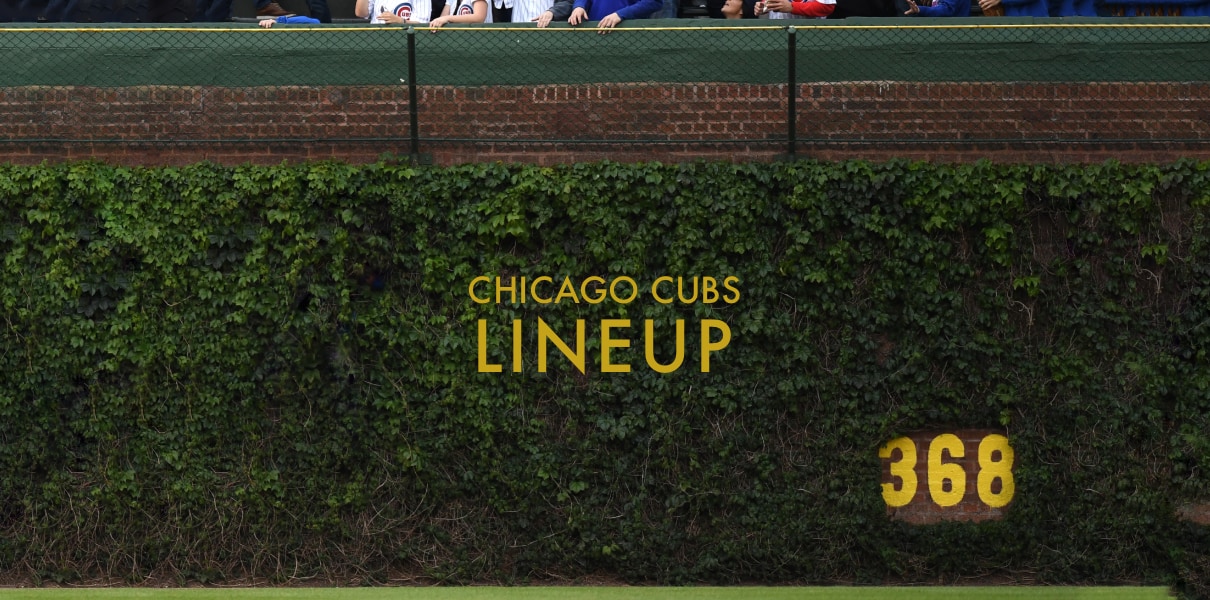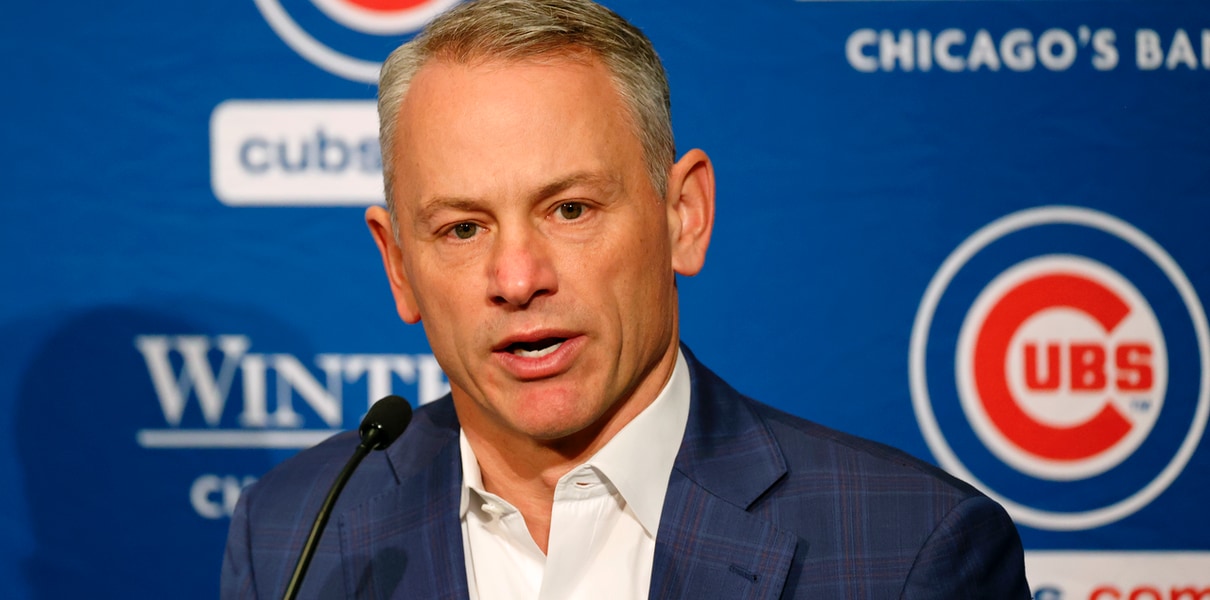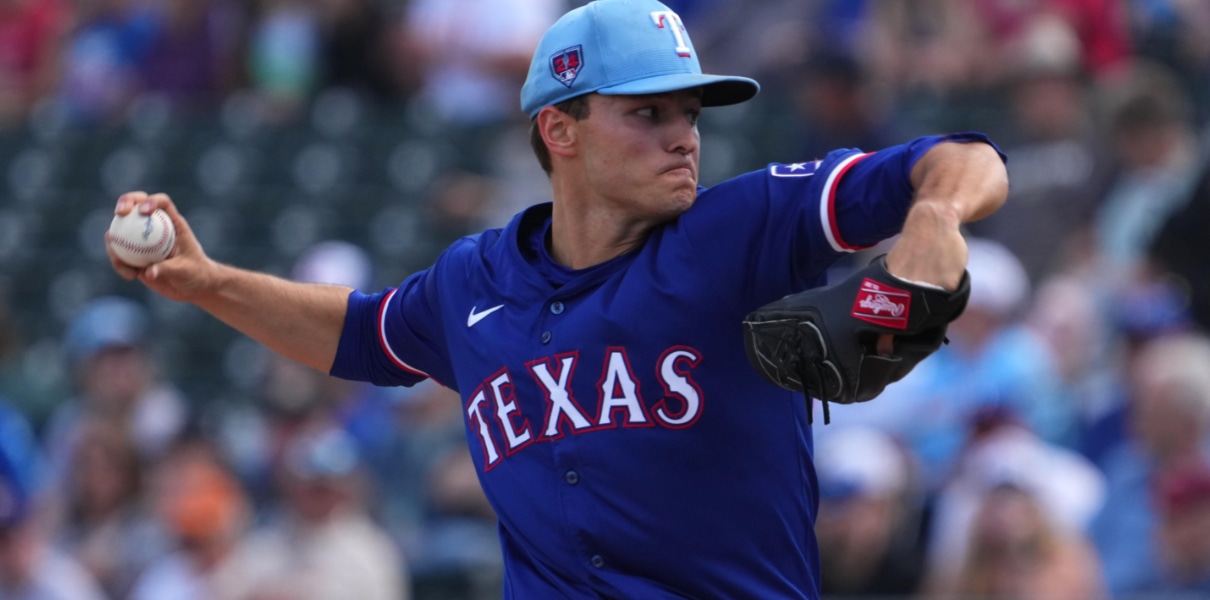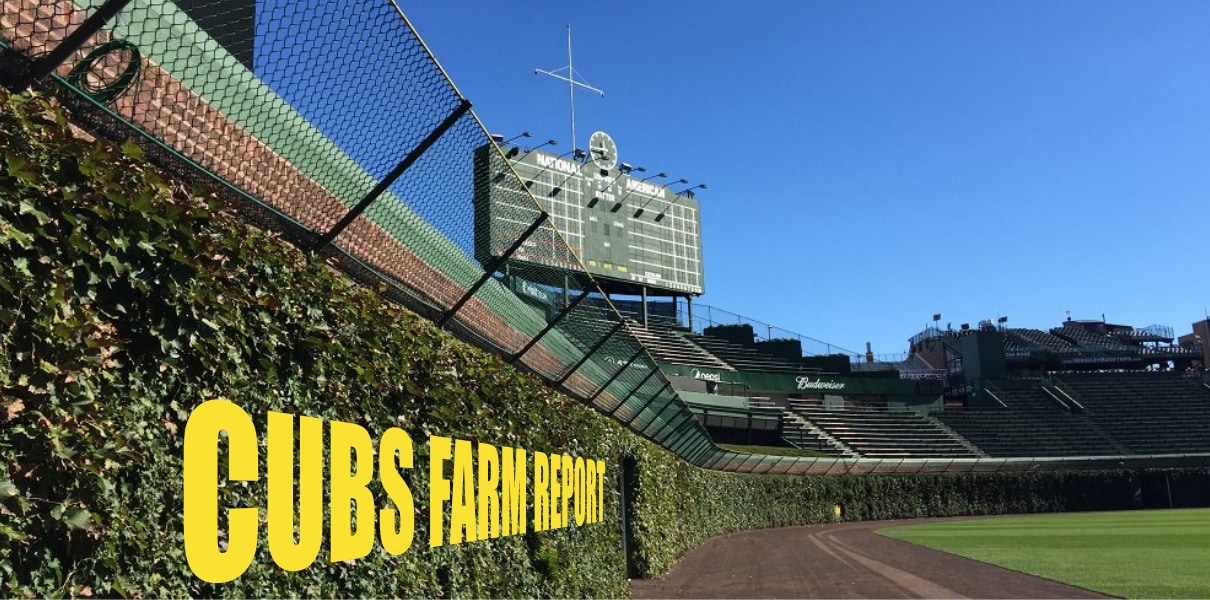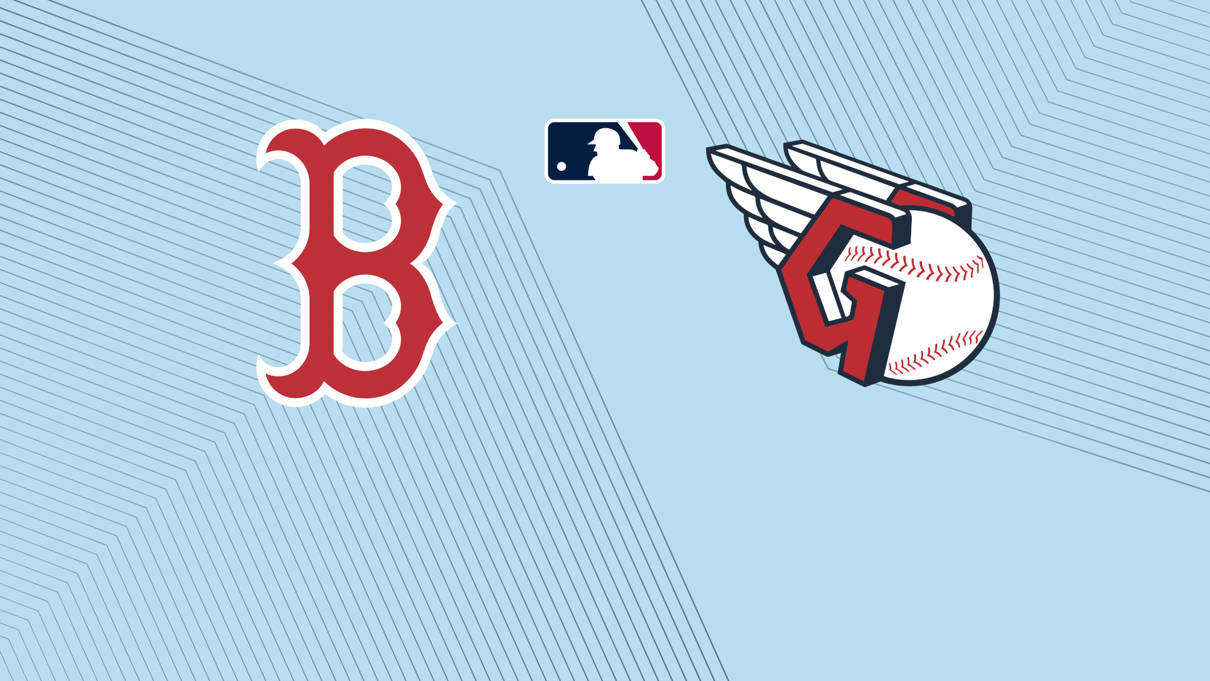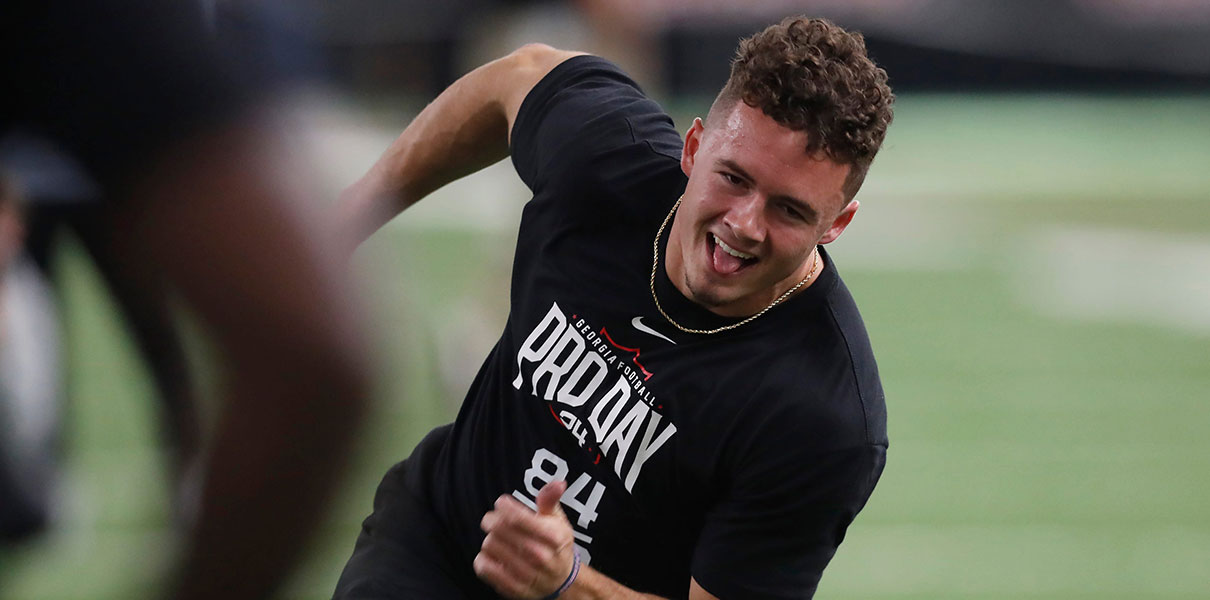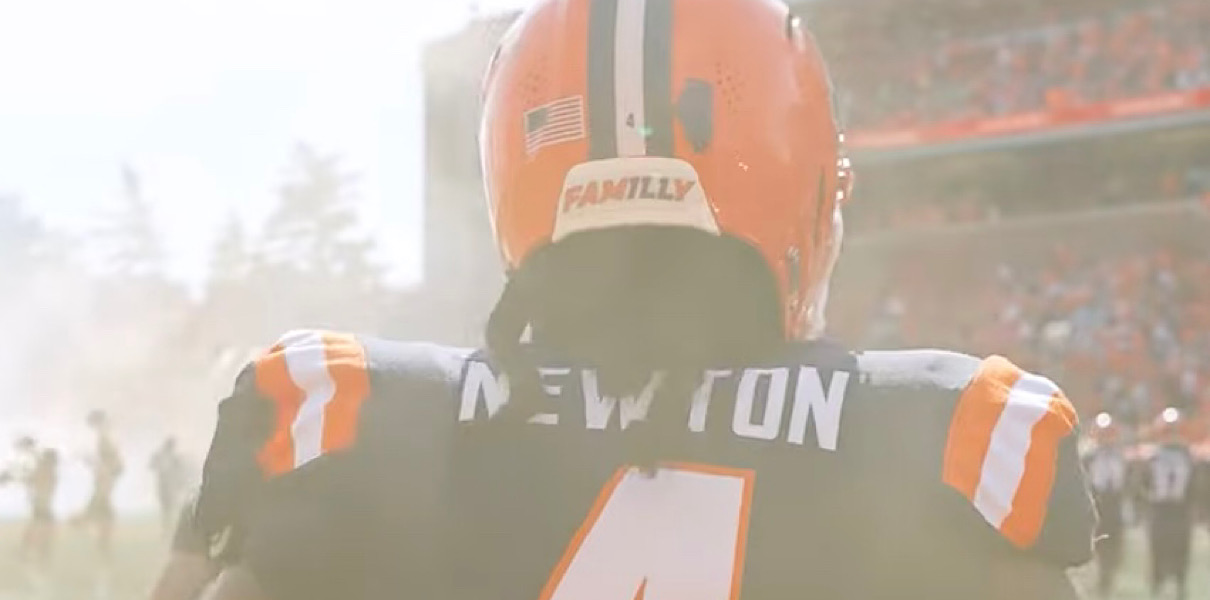After consecutive days of meeting for in-person negotiations – a LANDMARK given the month and a half of silence that preceded it – the players and the owners will reportedly meet again this week to discuss non-economic issues like scheduling, international play, drug testing, and the like.
That stuff is important, too, and it would obviously be helpful to have it all in place as soon as possible, so that when the big ticket items are agreed to, things can be off and running without the need for another week of dickering about the non-economic issues. (Which, presumably, still isn’t going to include desperately-needed rules changes. It’s an added layer of shame to this whole situation that failure to be able to agree to a CBA in a timely manner has effectively taken those rules changes off the table for another year.)
The next meeting on core economics should come no later than next week. Of course, unless a deal were literally struck at that next meeting, then we are already into “Spring Training is impacted” territory. The soft deadline there is February 1, and a deal simply is not happening by then.
In the meantime, here’s some of the latest after yesterday’s meeting …
⇒ Although the sides are making a little headway on how to pay younger players – more on that in a moment – they are still at an impasse on changing revenue sharing, and on the luxury tax level/penalties. The players lowered their revenue-sharing reduction ask from $100 million to $30 million, but the owners still aren’t touching it because (the stated reason) they don’t want smaller market teams to become less competitive (the players’ thinking is that money shared from the big markets to the small markets is simply pocketed by the latter, and if the former got to keep it, they would spend it on players). The players are still at $245 million for the new starting luxury tax level, while the owners are still at $214 million *AND* they want to increase the penalties for going over. Of all the issues, this remains the most important, and also remains the one where the sides seem to be the farthest apart.
⇒ A good read here at the San Francisco Chronicle on all the things that the sides HAVEN’T moved on yet. Turns out one of those things is the postseason: although the players have signaled a willingness to increase the playoff teams from 10 to 12 teams, the total volume of games would be the same. The owners want 14 teams and, obviously, more postseason games.
⇒ There hasn’t been any movement on the draft lottery, either: the players are still at bottom eight in the lottery, owners are still at bottom three. At least the sides seem to be on the page on the universal DH and getting rid of draft pick penalties for signing free agents.
⇒ It was interesting to see how the talks were characterized at MLB.com, where I am not impugning the author’s character whatsoever, but the take was clearly as generous as things can be spun:
Major League Baseball and the MLB Players Association met for a second straight day on Tuesday, with the league making a significant move to create a path to a deal.
One day after the MLBPA rejected the league’s proposals that included significant increases in pay for players with two-plus years of service time – a plan that included the best players earning even more in bonuses based on performance – MLB returned with a proposal based on a framework initially presented by the MLBPA, according to a source.
⇒ There are some useful updates in the article on things the owners have offered/retained in their offer, from examples of how the bonus pool for younger players would work, to the amount of extra playoff revenue going to players, to the idea that teams that have top prospects in the big leagues for the full year could get extra draft picks. Also, the owners are no longer looking to kill Super Two arbitration status completely.
⇒ Evan Drellich writes about how, now that the extra bonus pool of money is on the table for younger players, it’s possible the players will get to one of their stated goals – more money for younger players – through a combination of those bonuses and higher minimums, and they might eventually back off their request for earlier arbitration. The question is how big that pool will have to be (players sought $105 million, owners offered just $10 million) to bridge the gap, and how large the minimum salary increase will have to be.
⇒ I still don’t think the minimum salary negotiations are going to be a particular hangup – it’s just negotiating a number on which the sides aren’t THAT far apart – but that doesn’t mean it isn’t a very, very important issue:
As you can see, it's key to seek a big bump in the new CBA. Players shooting high, which I like quite a bit. A whollllle lotta players never even make it to arbitration, and they deserve to be well-compensated for the value they (increasingly) provide to teams. https://t.co/amZXHr87eF
— Bleacher Nation (@BleacherNation) January 25, 2022
This would make a 10-day call-up worth about $40,322 for a player with under 3 service years, which is equivalent to about 3-5 seasons of minor league work. https://t.co/Eh8W9dIFTO
— Cubs Prospects – Bryan Smith (@cubprospects) January 25, 2022
While a minimum salary increase to $775K from $570.5K sounds like a lot, both sides understand younger players deserve a bigger slice of pie. Management source says MLB (now at $600K) can move here w/ negotiation. Surprising stat (AP): 46% of MLB players made under 500K in 2021.
— Jon Heyman (@JonHeyman) January 25, 2022
⇒ One issue with the owners’ minimum salary proposal? Although they are bumping the rate for each year, the rates are fixed. That means teams could no longer offer their pre-arbitration players more than the minimum as a reward for performance (the Cubs, for example, routinely pay their pre-arbitration players more than the minimums). Not sure the players are going to appreciate that part of the offer.




